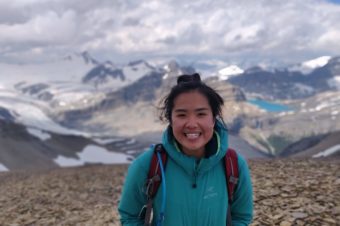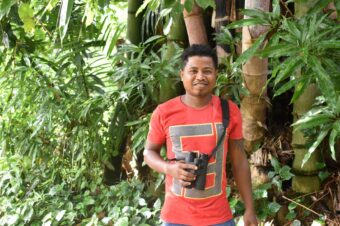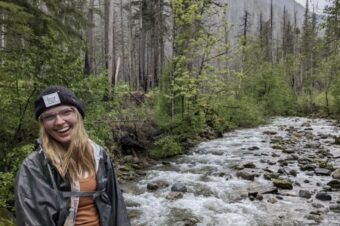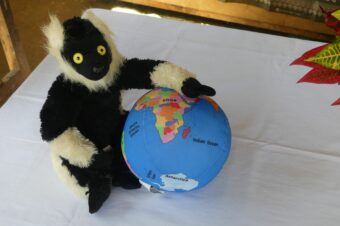Welcome to the Kianjavato Ahmanson Field Station
The Kianjavato Ahmanson Field Station commonly known as KAFS is situated in southeastern Madagascar within the rural Kianjavato Commune. The commune is comprised of about a dozen villages and a growing population of at least 15,000 residents.
Its surrounding forest fragments are home to nine lemur species, including the elusive and nocturnal aye aye, and two critically endangered lemur species, the black and white ruffed lemur and the greater bamboo lemur, both of which have been listed among the 25 most endangered primates in the world due to habitat loss and hunting. Forests in the region are fragmented, unprotected and are being rapidly depleted.
Thus, the need for swift and effective conservation measures are vital. And it is here where MBP leases the land that KAFS is situated on from the Commune. At the end of our 25-year contract (in 2034), the land will be returned to the community, including all the structures that we have built. In the meantime, MBP runs a variety of visionary programs, all of which focus on conservation and sustainability, with an emphasis on community participation and educational outreach.
The objective is to create a sustainable program that can be community-led to ensure a successful transition from MBP to the Commune. Managed by a staff who are leading a large-scale reforestation program while accommodating several guests for purposes ranging from research, volunteering, graduate studies to tourism, MBP’s community-led conservation programs have indeed shown great strides over the years.
The site itself has transformed from what used to be an excavation site for road construction to a fully functioning field site/ research station/ and eco-lodge.
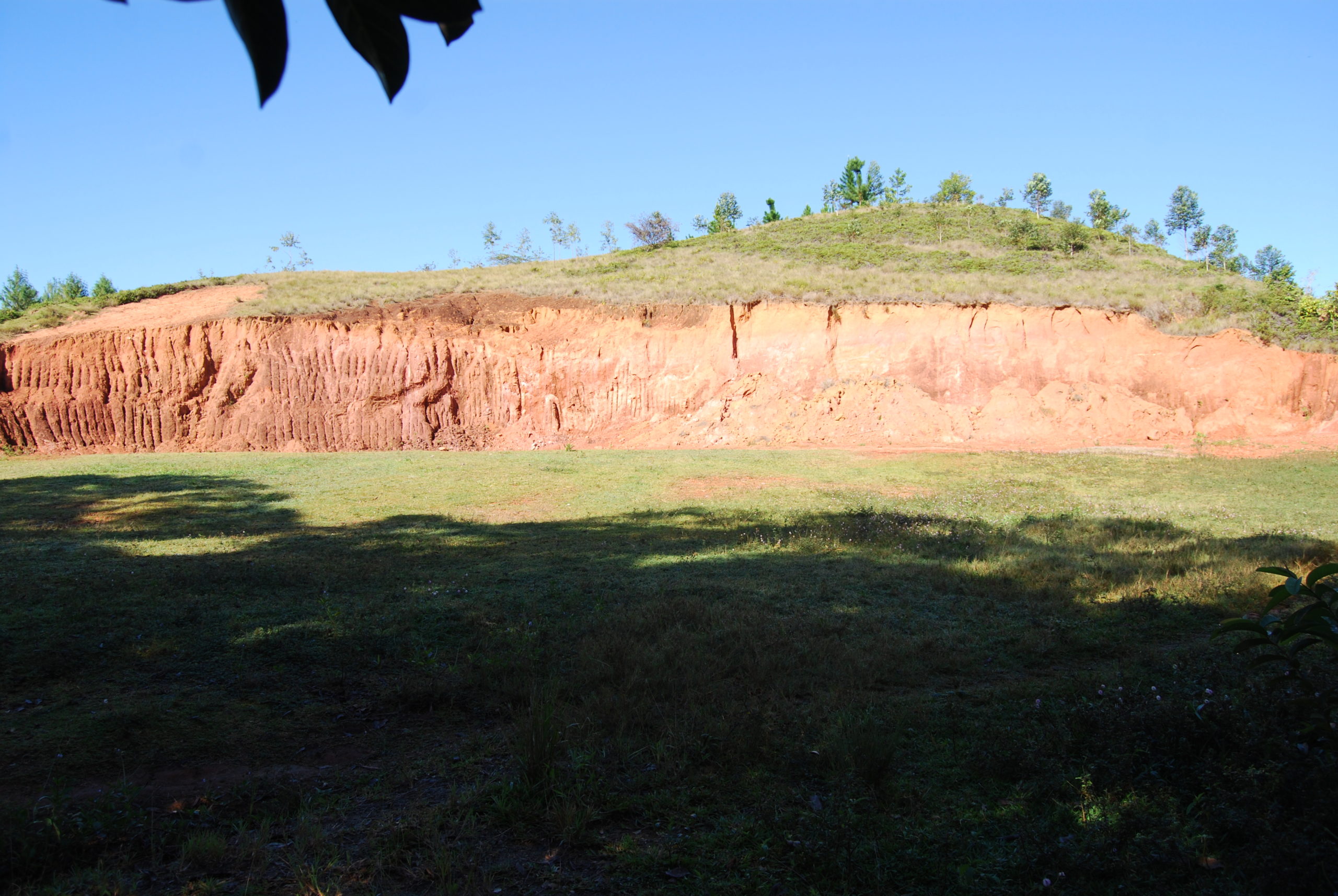
KAFS in 2009 was just an empty lot 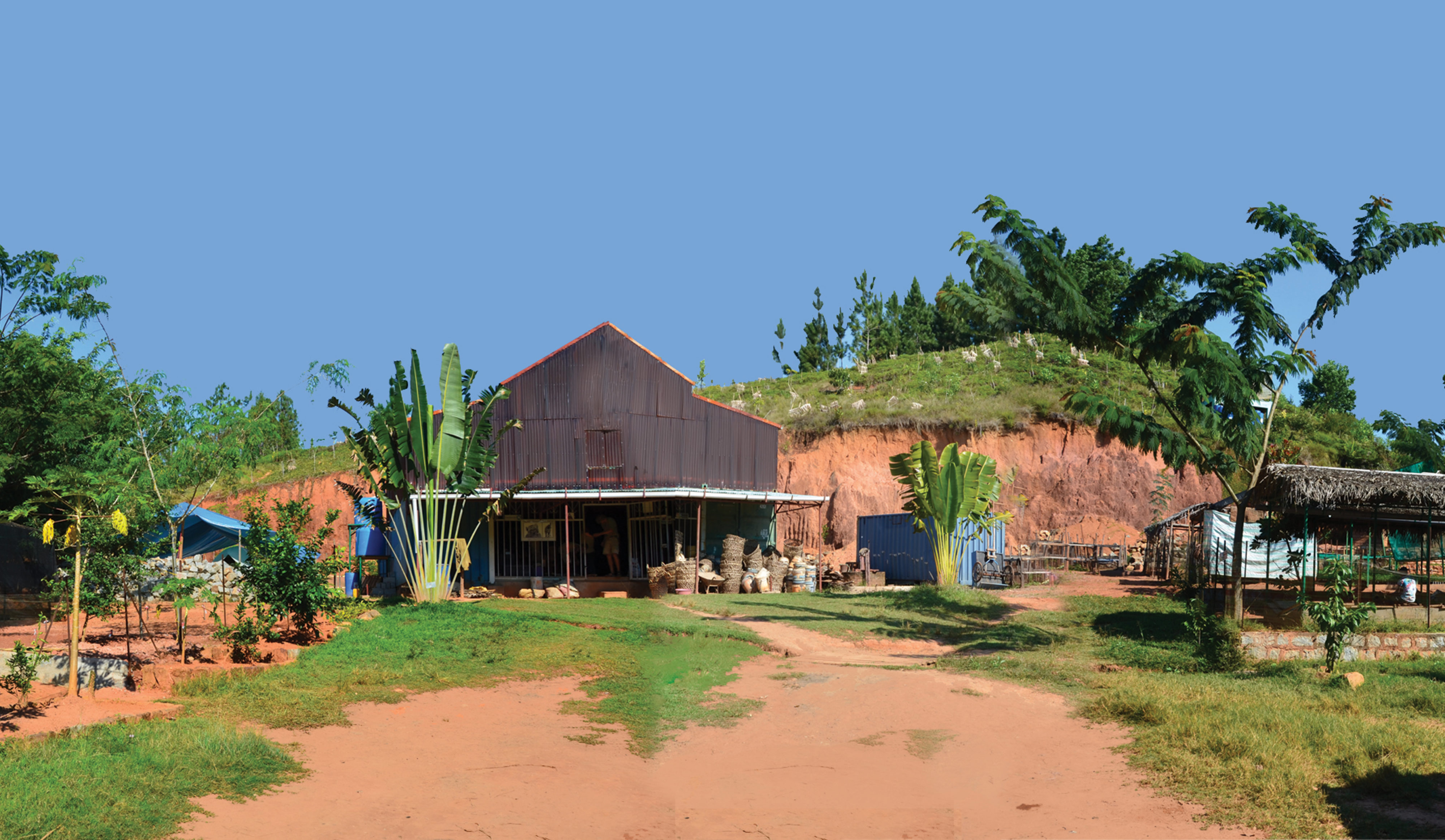
KAFS in 2013 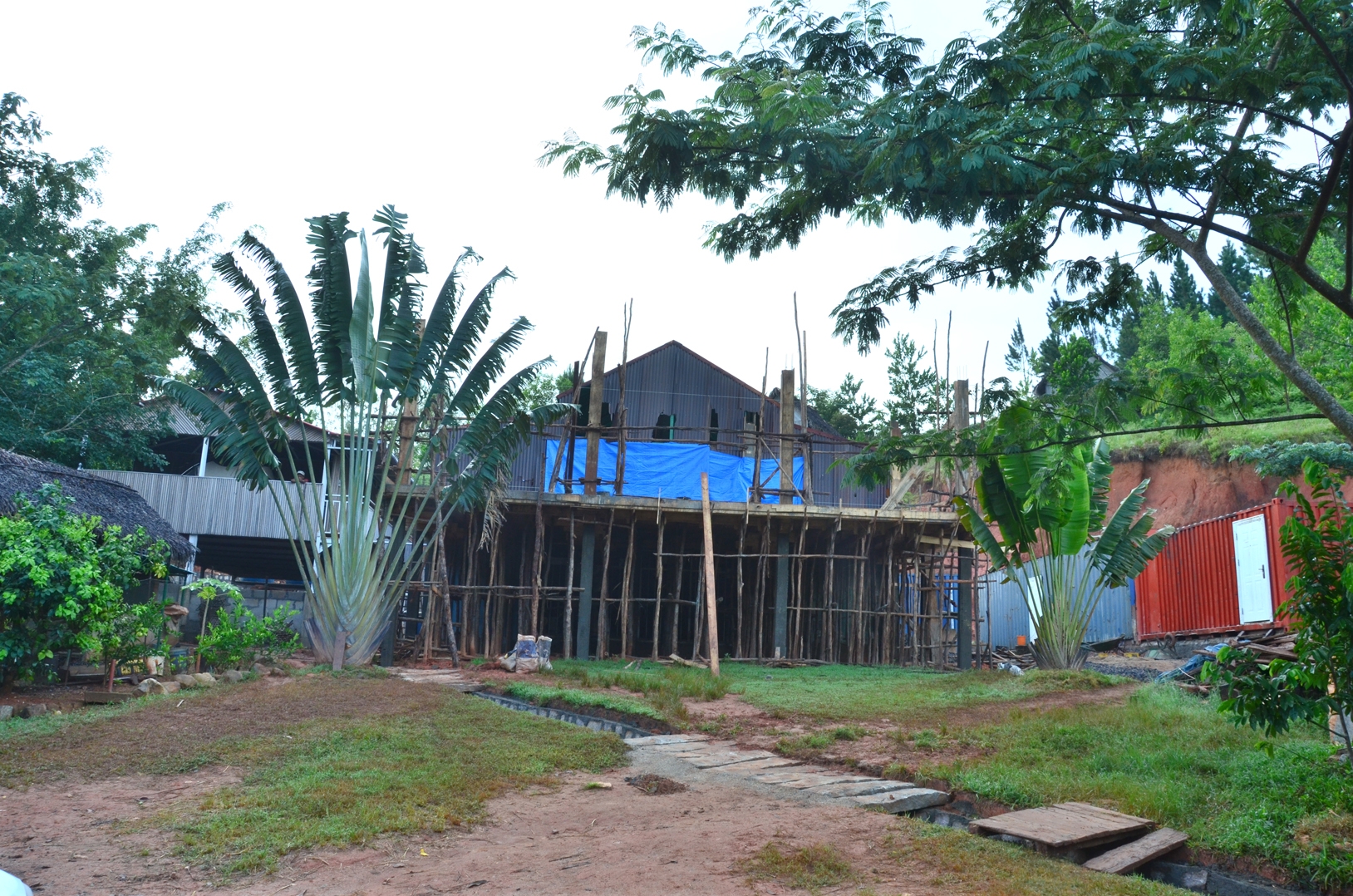
KAFS New Capped Canal taken in 2015
Over the past ten years we have seen the installation of numerous tent sites, an elevated walkway, two tree nurseries capable of housing 60,000 seedlings, composting bins, an open air dining hall and kitchen, a number of storage facilities, showers, toilets, two wells, multiple rainwater collection systems, a laundry station, and a parking area.
With the support of the IUCN Save our Species, we have managed to build an epic walkway, that is elevated up amongst the trees providing a clear pathway to each bungalow. It is iconic, beautiful, and offers an extraordinary view overlooking the terrain below
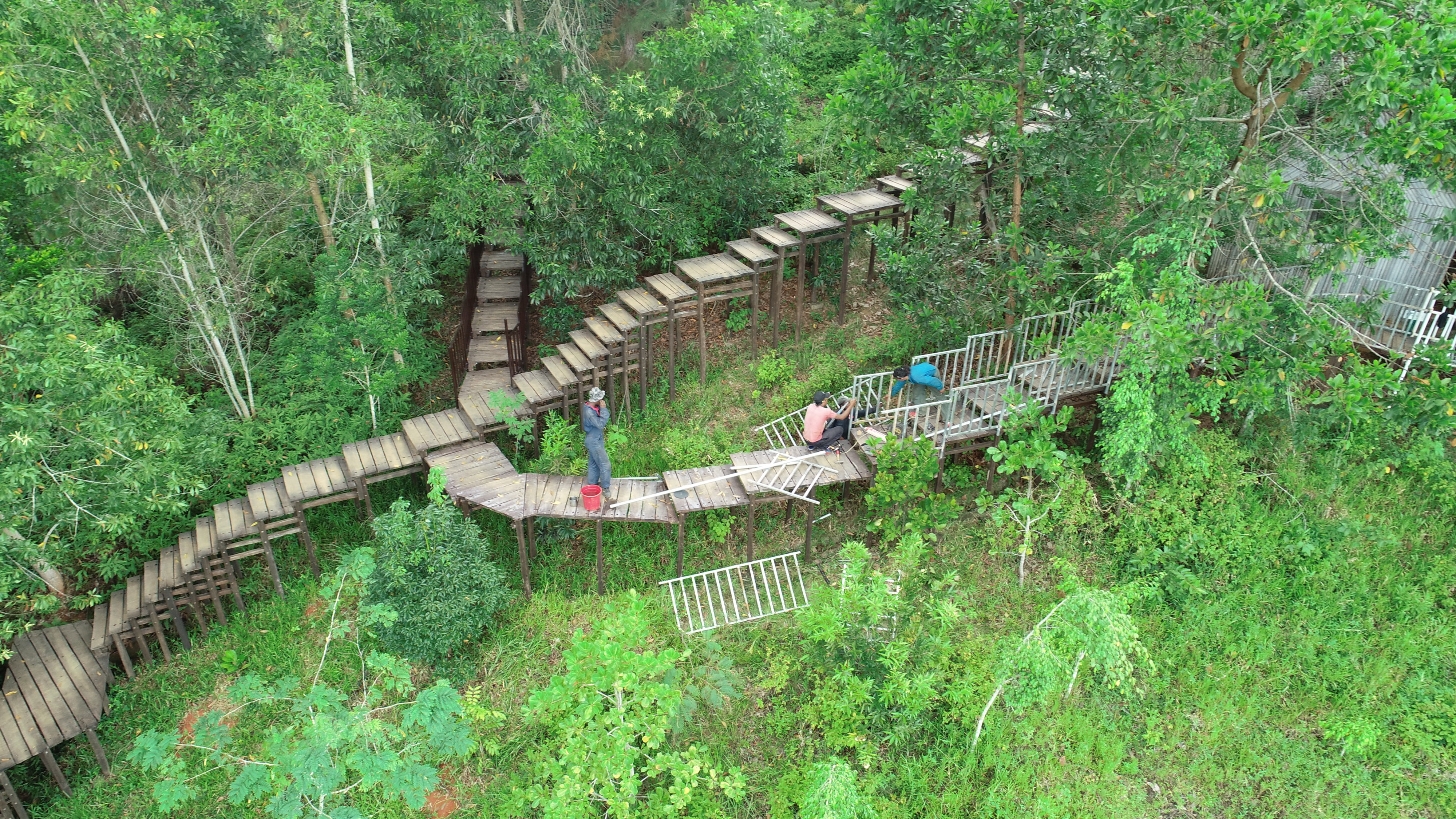
And yet beyond all its beauty, the walkway offers even more to the environment, more than it ever will to us. How? The walkway helps reduce foot traffic on the hills, which in turn improves seedling survival and the recruitment of small wildlife (like mouse lemurs, tenrecs, bird, and insects) all looking for protected habitats to call home.
We’ve also amped up our ecotourism efforts through infrastructure additions to the many bungalows on site. Each hand-made structure provides income generating opportunities through its rentals.
Other additions include updating the KAFS patio, utilizing the space to expand its functionality for the many students and staff we support as well as the terrace which will help stabilize the earth and provide a space for the gardens.
And most importantly, there is improvement and ‘growth’ within the people living here- they are getting stronger, and more self-reliant. They have a new perspective on life, they are learning to live for the future instead of just surviving for tomorrow.
This project is funded bu IUCN Save Our Species. The contents of this article are sole responsibility of the Madagascar Biodiversity Partnership and do not necessarily reflect the views of the IUCN.
